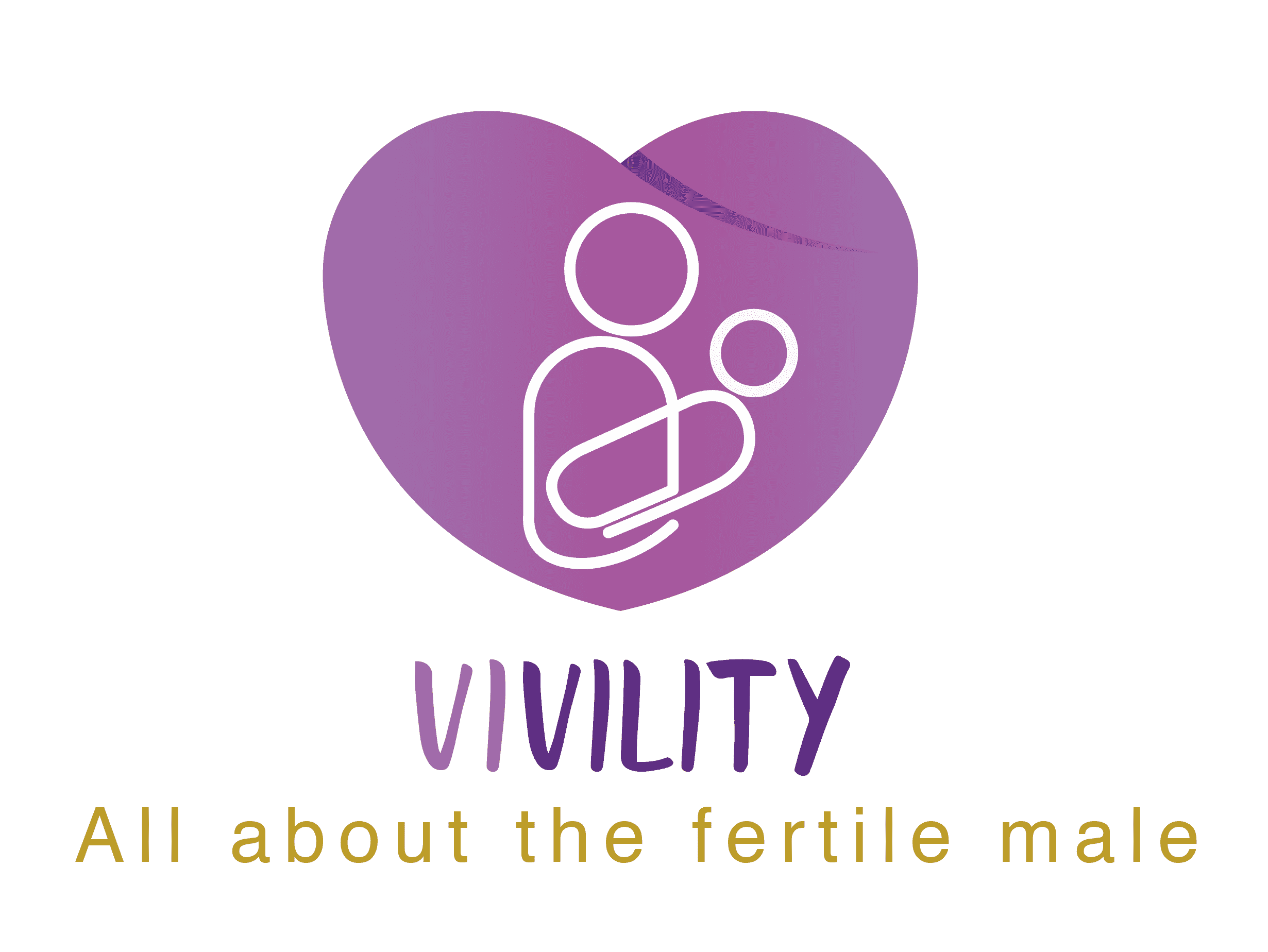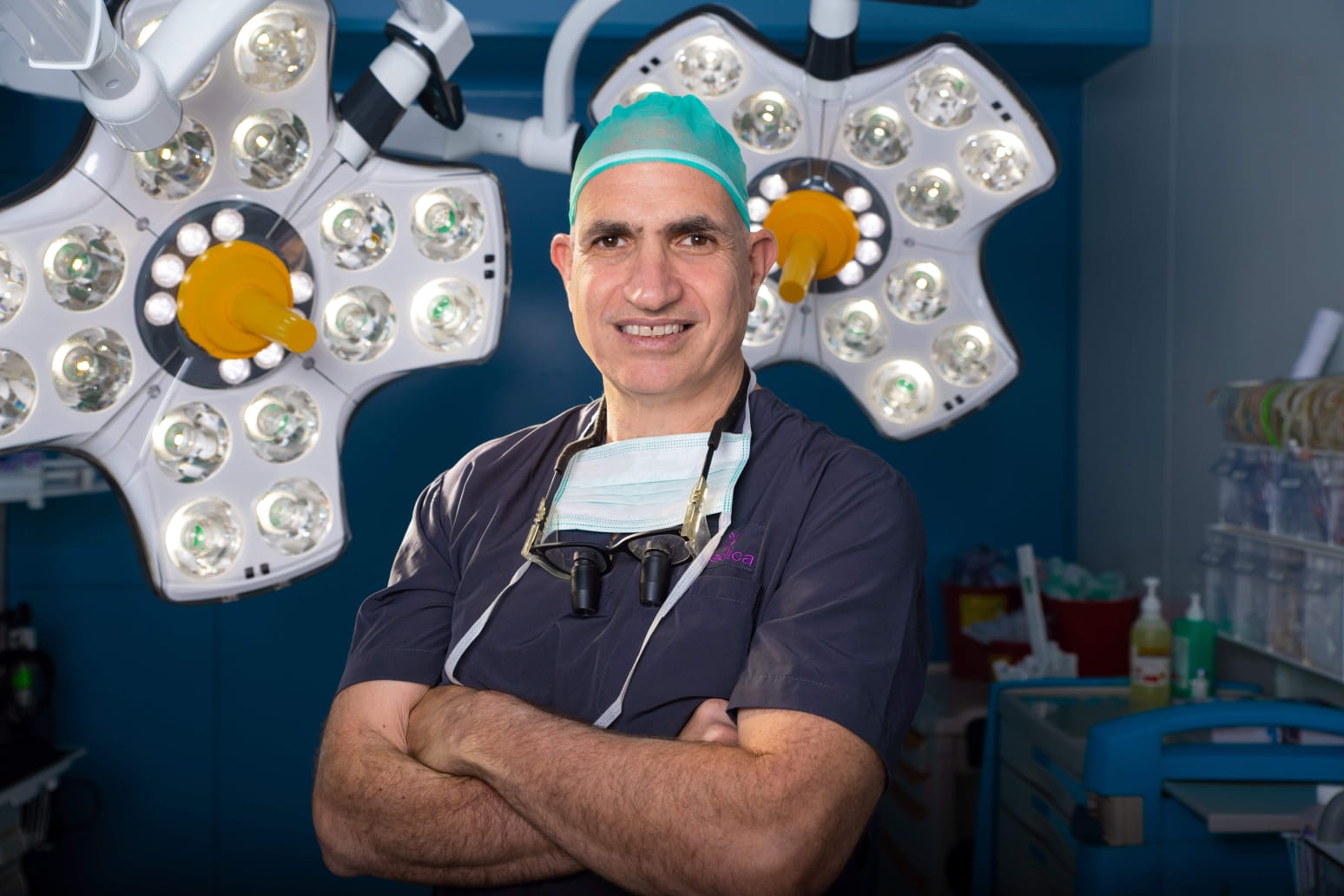If you’ve had or are considering a D&C (dilation and curettage), you might be wondering: Does D&C increase fertility? It’s a common question for women trying to conceive after a miscarriage or dealing with certain uterine issues.
A D&C is a procedure used to clear the uterine lining, and in some cases, it may help improve fertility by removing polyps, scar tissue, or leftover pregnancy tissue that could be interfering with implantation. But it’s not always the right answer for everyone. In this article, we’ll explore when D&C might support fertility, what the risks are, and what you should know before deciding.
Does D&C Really Increase Fertility?
Dilation and Curettage, commonly known as D&C, is a medical procedure often performed for various gynecological reasons. A question that frequently arises is whether undergoing a D&C can increase fertility. While some believe it might clear the uterine lining and enhance fertility, the reality is more complex. Understanding the nuances of this procedure and its implications on fertility is crucial for anyone considering it.
Understanding the D&C Procedure
D&C involves dilating the cervix and scraping the uterine lining. This procedure is typically used to diagnose or treat certain uterine conditions. While it can be beneficial for specific medical issues, its impact on fertility is not straightforward. The procedure itself does not inherently increase fertility, but it can address underlying conditions that may be hindering conception.
Impact on Fertility Potential
The impact of D&C on fertility potential varies among individuals. For some, it may resolve issues like polyps or fibroids, potentially improving fertility. However, for others, it might lead to complications that could affect future fertility. It’s essential to discuss with a healthcare provider at Vivility to understand how D&C might impact individual fertility potential.
- D&C can address uterine abnormalities.
- It may help in diagnosing fertility issues.
- Potential complications could affect fertility.
Fertility Outcomes After D&C
Fertility outcomes post-D&C depend on several factors, including the reason for the procedure and the individual’s overall reproductive health. Some women may experience improved fertility if the D&C resolves a specific issue. However, others might face challenges if complications arise.
- Outcomes vary based on individual health.
- Some may see improved fertility.
- Complications can affect outcomes.
Purpose & Types of Dilation and Curettage (D&C)
Purpose of D&C
The primary purpose of D&C is to diagnose or treat uterine conditions. It can be used to investigate abnormal uterine bleeding, remove tissue after a miscarriage, or clear out polyps or fibroids. Each purpose has different implications for fertility.
- Diagnosed with abnormal uterine bleeding.
- Treats uterine conditions like polyps.
- Clears tissue post-miscarriage.
Types of D&C Procedures
There are different types of D&C procedures, each tailored to specific medical needs. The type of procedure can influence recovery and fertility outcomes. It’s important to understand the differences to make informed decisions.
- Diagnostic D&C for investigation.
- Therapeutic D&C for treatment.
- Each type has different implications.
Analyzing the Safety of D&C Procedure
Safety is a primary concern when considering any medical procedure. D&C is generally safe, but like any surgery, it carries potential risks and complications. Understanding these risks is crucial for anyone considering the procedure.
Potential Risks and Complications
While D&C is generally safe, potential risks include infection, bleeding, and uterine perforation. These complications can affect reproductive health and future fertility. It’s important to discuss these risks with a healthcare provider.
- Risk of infection and bleeding.
- Possibility of uterine perforation.
- Complications can affect fertility.
Long-term Effects on Reproductive Health
The long-term effects of D&C on reproductive health can vary. Some women may experience no long-term issues, while others might face challenges like Asherman’s Syndrome. Understanding these potential effects is crucial for informed decision-making.
- Some may face no long-term issues.
- Risk of developing Asherman’s Syndrome.
- Long-term effects vary among individuals.
D&C and Future Pregnancy Outcomes
Understanding how D&C affects future pregnancy outcomes is essential for those considering the procedure. While it can resolve certain issues, it may also introduce new challenges.
Pregnancy Rates After D&C
Pregnancy rates after D&C can vary. For some, resolving underlying issues can improve pregnancy rates. However, complications from the procedure might hinder future pregnancies for others.
- Some see improved pregnancy rates.
- Complications can hinder future pregnancies.
- Outcomes depend on individual health.
Miscarriage Risk in Subsequent Pregnancies
The risk of miscarriage in subsequent pregnancies after D&C is a concern for many. While the procedure itself doesn’t inherently increase miscarriage risk, complications like Asherman’s Syndrome can.
- D&C doesn’t inherently increase miscarriage risk.
- Complications can affect future pregnancies.
- Individual health plays a significant role.
Asherman’s Syndrome and D&C
Asherman’s Syndrome is a potential complication of D&C that can significantly impact fertility. Understanding its prevalence and risk factors is crucial for those considering the procedure.
Prevalence and Risk Factors
Asherman’s Syndrome occurs when scar tissue forms in the uterus, often after a D&C. The risk is relatively low, but it’s important to be aware of the factors that can increase the likelihood of developing this condition.
- Scar tissue formation in the uterus.
- Risk factors include multiple D&Cs.
- Awareness is key to prevention.
Impact on Fertility
Asherman’s Syndrome can significantly impact fertility by obstructing the uterine cavity. This can lead to difficulties in conceiving and carrying a pregnancy to term. Early diagnosis and treatment are crucial.
- Obstructs the uterine cavity.
- Leads to difficulties in conceiving.
- Early treatment is essential.
Alternatives to D&C for Miscarriage Management
For those facing a miscarriage, there are alternatives to D&C that may be considered. Understanding these options can help in making informed decisions about miscarriage management.
Expectant Management
Expectant management involves allowing the miscarriage to resolve naturally without medical intervention. This approach can be suitable for some, but it requires careful monitoring by a healthcare provider.
- Allows the natural resolution of miscarriage.
- Requires careful monitoring.
- Suitable for certain cases.
Medical Management
Medical management involves using medication to expedite the miscarriage process. This option can be less invasive than D&C and may be preferred by some women.
- Uses medication to expedite miscarriage.
- Less invasive than D&C.
- Preferred by some women.
When is D&C Necessary?
Understanding when D&C is necessary can help in making informed decisions about undergoing the procedure. There are specific indications and benefits to consider.
Indications for D&C
D&C is indicated for various reasons, including diagnosing abnormal uterine bleeding, treating uterine conditions, and managing miscarriage. Each indication has different implications for fertility.
- Diagnosed with abnormal uterine bleeding.
- Treats uterine conditions.
- Manages miscarriage.
Benefits of the Procedure
The benefits of D&C include resolving certain uterine conditions and providing diagnostic clarity. These benefits can outweigh the risks for some women, making the procedure a valuable option.
- Resolves uterine conditions.
- Provides diagnostic clarity.
- Benefits can outweigh risks.
Final Thoughts
D&C is a complex procedure with implications for fertility. While it can resolve certain issues, it also carries potential risks. Understanding these factors is crucial for making informed decisions about undergoing the procedure.
FAQs
Can a D&C improve fertility?
A D&C does not inherently improve fertility. However, it can address underlying uterine conditions that may be hindering conception. It’s important to discuss individual circumstances with a healthcare provider.
How long after D&C can you try to conceive?
The timing for trying to conceive after a D&C varies. It’s generally recommended to wait until after a follow-up appointment with a healthcare provider to ensure proper healing. Individual recovery and health play a significant role.
Does D&C affect future pregnancies?
D&C can affect future pregnancies, particularly if complications arise. While the procedure itself doesn’t inherently increase miscarriage risk, conditions like Asherman’s Syndrome can impact future pregnancies. Consulting with a healthcare provider is essential for understanding individual risks.


